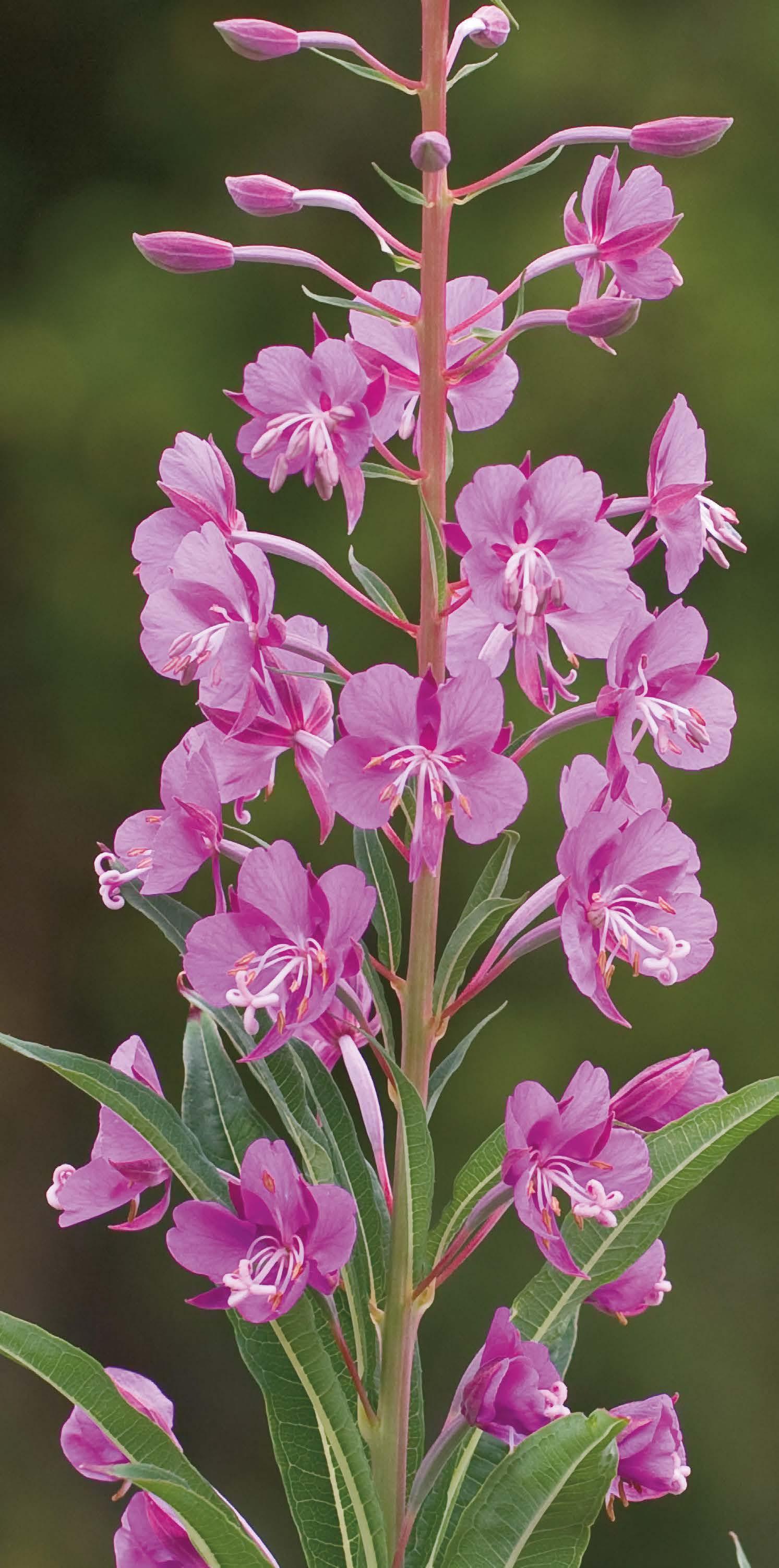

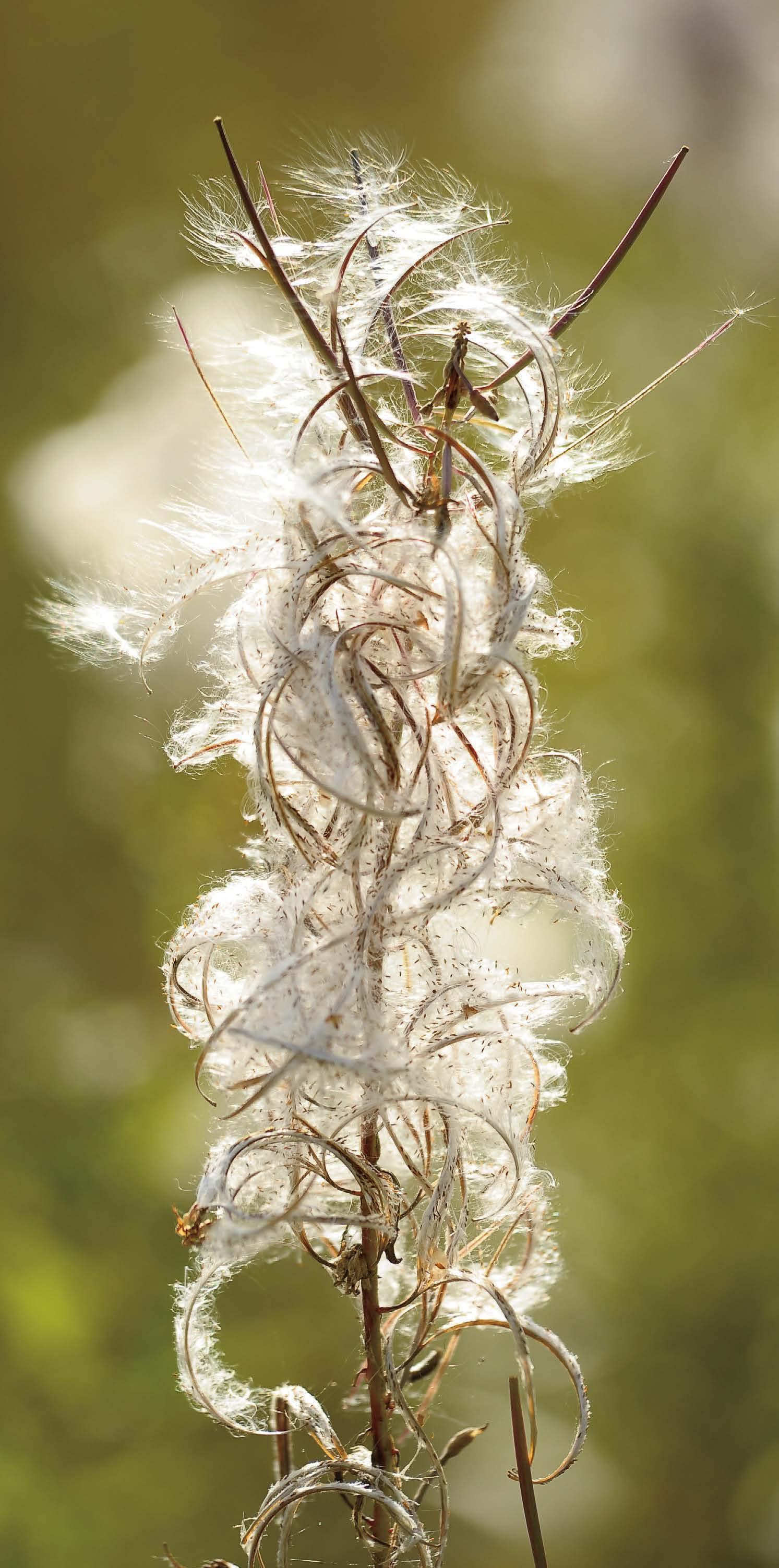
Fireweed Pollination

Days after the eruption of Mount St. Helens, green shoots dotted its gray slopes. Scientists were astonished to find anything alive. The shoots grew quickly into tall, swaying stems that soon burst into bloom. These plants were tougher than they looked—they were fireweed. The eruption had flattened shady forests, and now sunlight filled the open space. In this changed land, buzzing with pollinators, fireweed flourished. Bees and hummingbirds sipped fireweed nectar. From flower to flower they flew, spreading pollen. The flower petals soon shriveled, and seed pods formed. Then thousands of ripened seeds emerged—tiny travelers on bits of fluff.
Level 2 Module 3: Plants

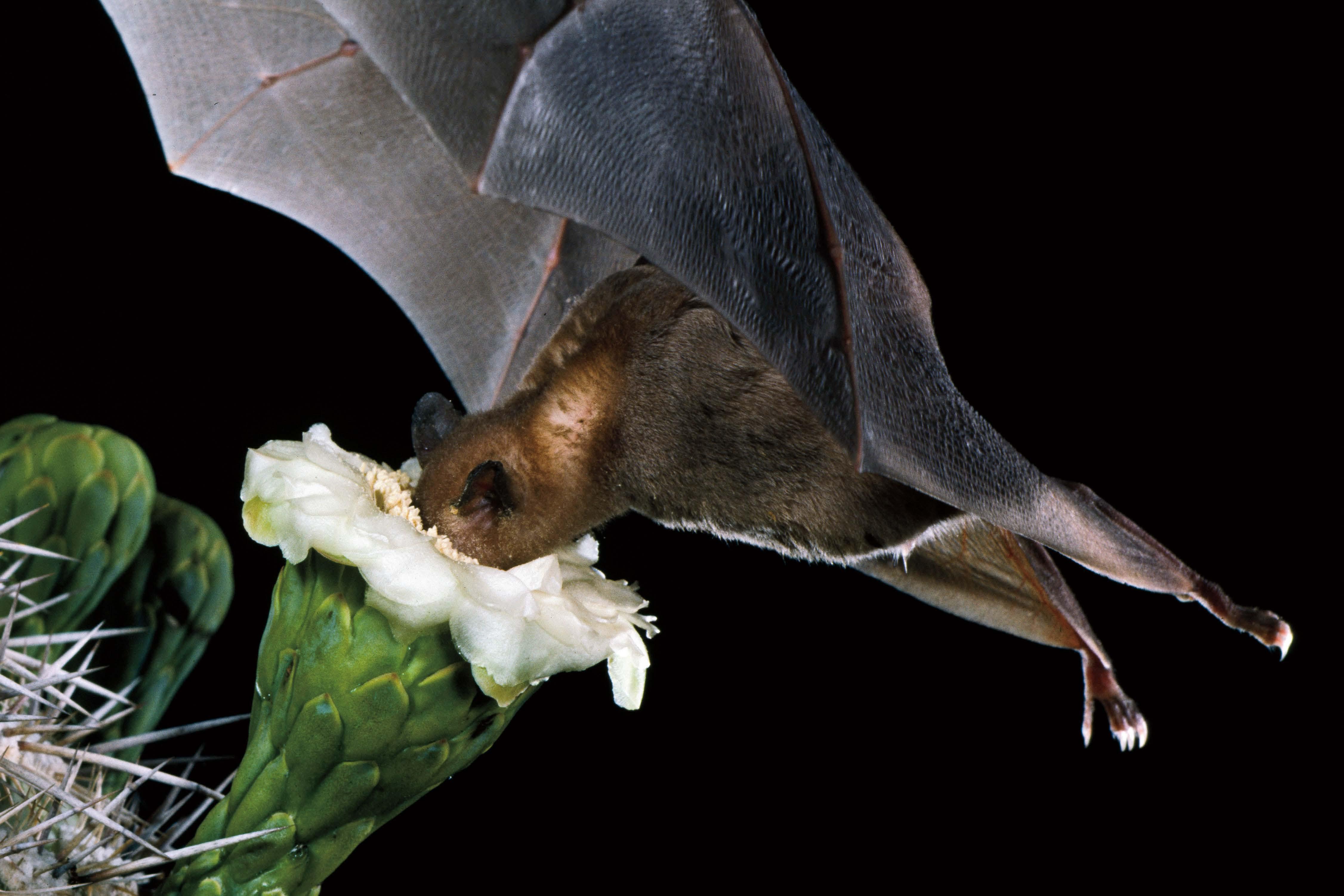
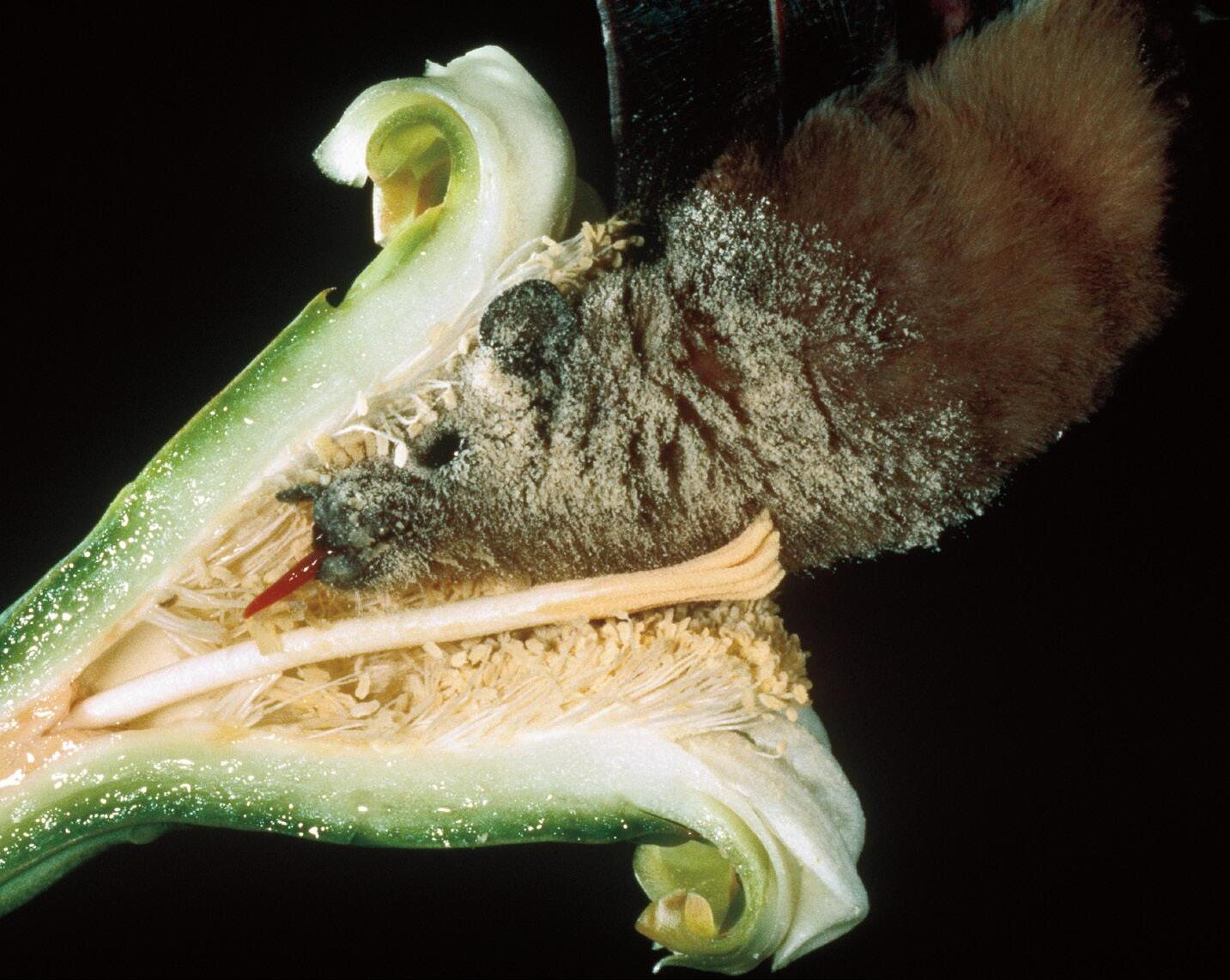
Saguaro and Bat Interaction
A lesser long-nosed bat sniffs the springtime night air in the Sonoran Desert. The bat notices the sweet smell of flowers blooming in the dark. It swoops toward a saguaro. The cactus is as tall as a house and topped with white flowers. The fuzzy bat plunges its head into a cup-shaped blossom. With its long tongue, it sips the nectar deep within. The bat’s head emerges, dusty with pollen. Bats fly from one saguaro to another for nectar, spreading pollen from flower to flower. Pollinated saguaro flowers form juicy red fruits full of black seeds. In summer, the bats will feast on the fruits—seeds and all—and fly away with bellies full.
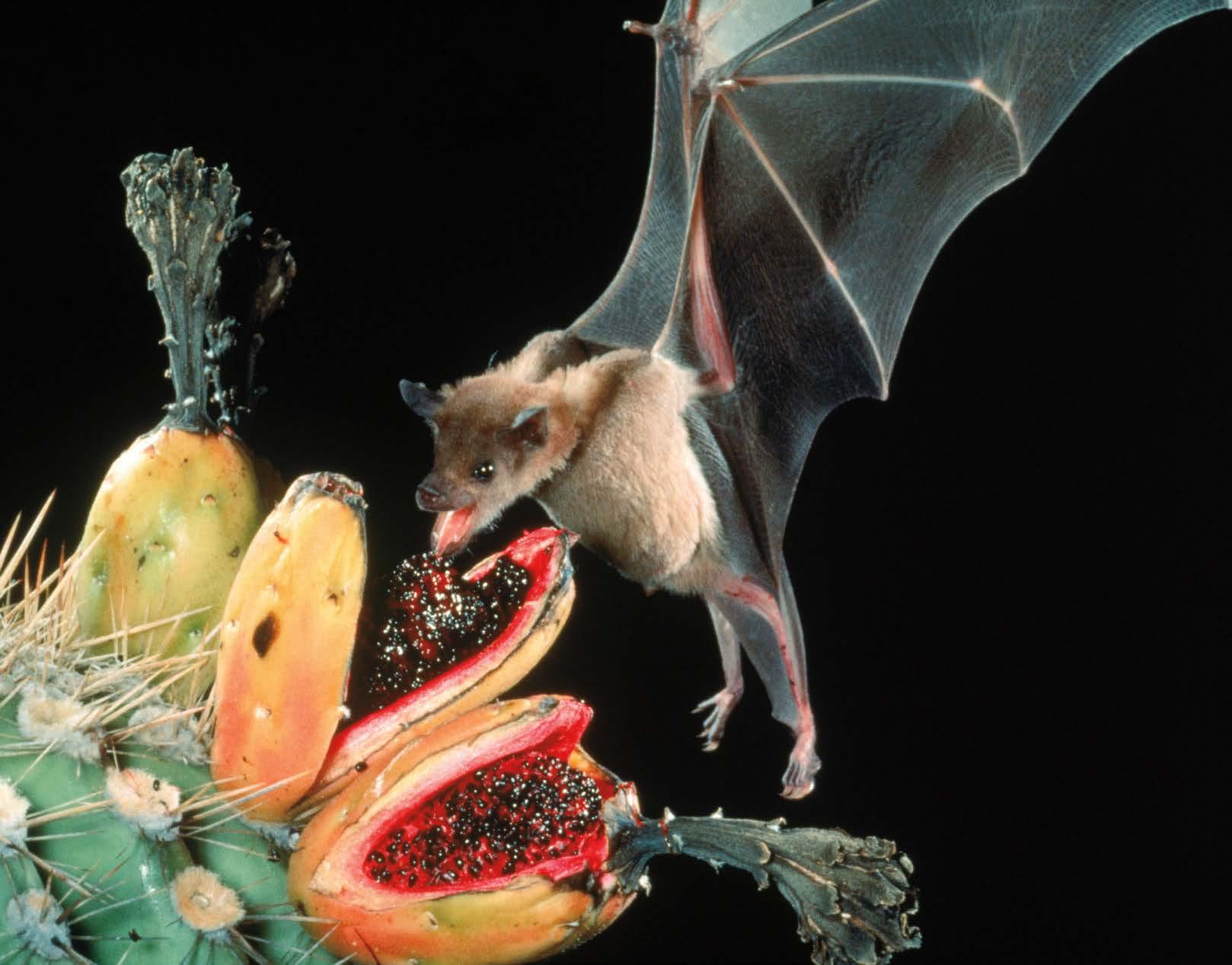
Level 2 Module 3: Plants

